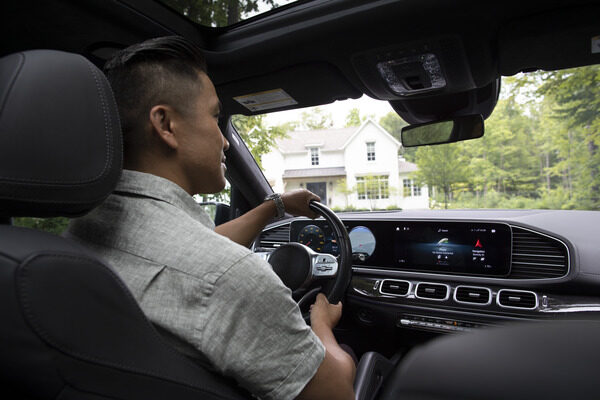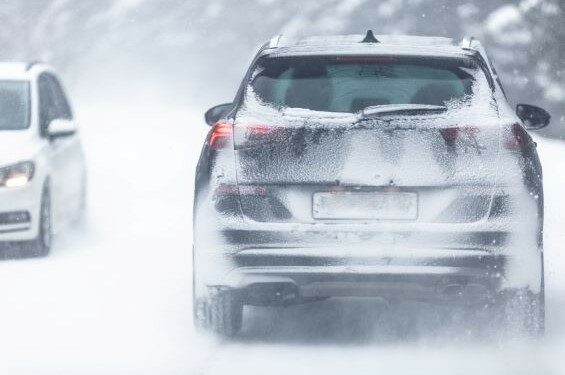
Nationwide’s SmartRide program can help you drive more safely and save money in the process. That’s a powerful combination and the program is user friendly – easy to start and to monitor.
Most of us don’t think about our driving. We’re working from muscle memory, with habits that have been ingrained from constant practice. We may not think about what we’re doing because we do it all the time.
SmartRide helps drivers make better decisions, based on information about how they drive today. As a bonus, it comes with a reward — a discount on car insurance just for participating, with potential to earn a final discount based on your driving data.
Nationwide has learned that when participants receive feedback on their driving tendencies, they want to do better. It wasn’t easy to give customers that information, though. SmartRide gives safe drivers the information they need to make smarter driving decisions.
How Smartride works
You plug the SmartRide device into your car and it measures your driving habits for about four to six months. The information is automatically transmitted to the SmartRide website, where you can see how you’re doing. At the end of the program, you can earn your final discount and return the device to Nationwide.
SmartRide Savings
The savings start from the get-go. Nationwide members receive a 10% discount when they sign up for the program. As you improve your driving behavior and develop better habits, you could earn a final discount of up to 40%.
Although the discount is a prime incentive for using SmartRide, the feedback provided by the program can help you make better driving decisions. For example, hard breaking and fast acceleration are associated with aggressive driving. Drivers can get into the habit of speeding up to get past other drivers, then have to stop short to avoid an accident. Driving smoother can avoid most hard braking and fast accelerating events. And although sometimes there are legitimate reasons to brake hard to avoid an accident, the program evaluates trends, not individual incidents.
Helping you improve your driving habits
Nationwide has seen that participants have reduced hard braking dramatically as a result of the program. With SmartRide, participants receive detailed information on each trip to help them identify when a specific event happened, giving them an opportunity to do better in future trips.
Some of the changes are less about how you drive and more about the time and the routes you take. For example, your commute may force you to spend a lot of time sitting idle in traffic. This increases the risk of accidents, and there may be ways to change your habits. Maybe you can leave a little earlier or a little later. Or you could change your route so that you move more efficiently. (Google’s Waze app can help you find alternative routes to your destination, saving you time and frustration.)
Another factor that SmartRide looks at is night driving. It may be hard to change that, if your night driving is job-related or if you go out regularly to meet friends. (The latter group can use public transportation, taxis and ride sharing services.)
Popular Mechanics has some tips for safer night driving. These include ensuring your headlights are aimed correctly, dimming your instrument panel and not allowing your eyes to get locked on bright lights from oncoming traffic. Because the SmartRide discount is based on miles driven between midnight and 5 a.m., better night driving won’t save you money this time – but it will save you in the long run.
Participating in SmartRide won’t increase your rates. That said, night driving will decrease the size of a discount and mean higher rates compared to drivers who are active during the day.
Drivers are more likely to improve when they understand how. The SmartRide program offers easy access to information that can help them develop safer driving habits, and as a result, can lower their car insurance rates.
Products underwritten by Nationwide Mutual Insurance Company and Affiliates. Columbus, Ohio. Availability varies. Discounts do not apply to all coverage elements; actual savings vary by state, coverage selections, rating factors and policy changes. Enrollment discount applies during data collection; final discount is calculated on driving behavior and could be zero. Final discount applies at the next policy renewal and remains until drivers or vehicles on the policy change.



